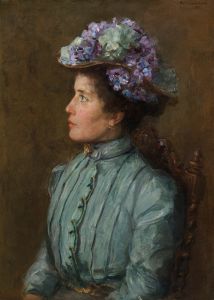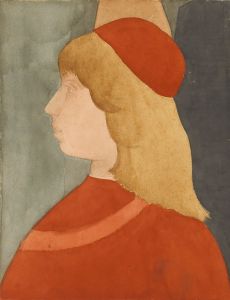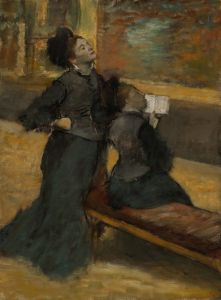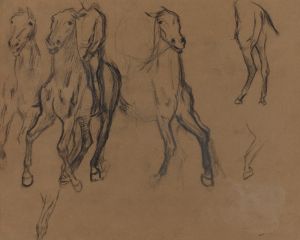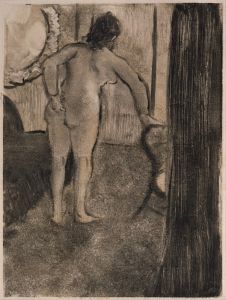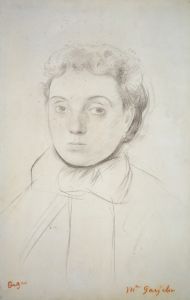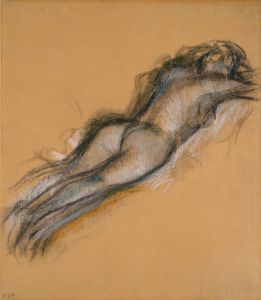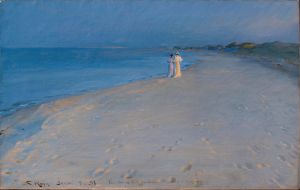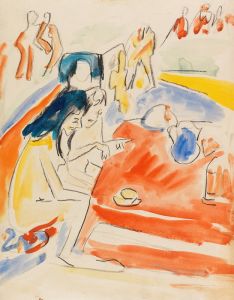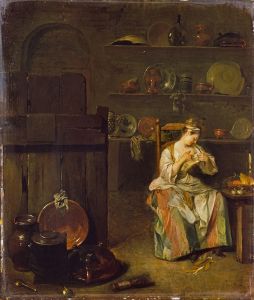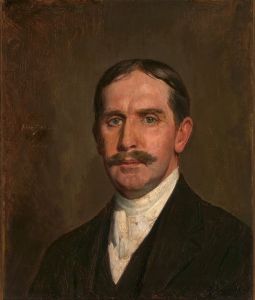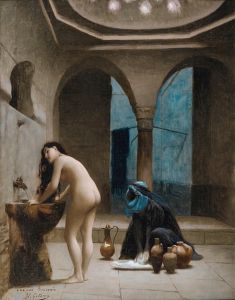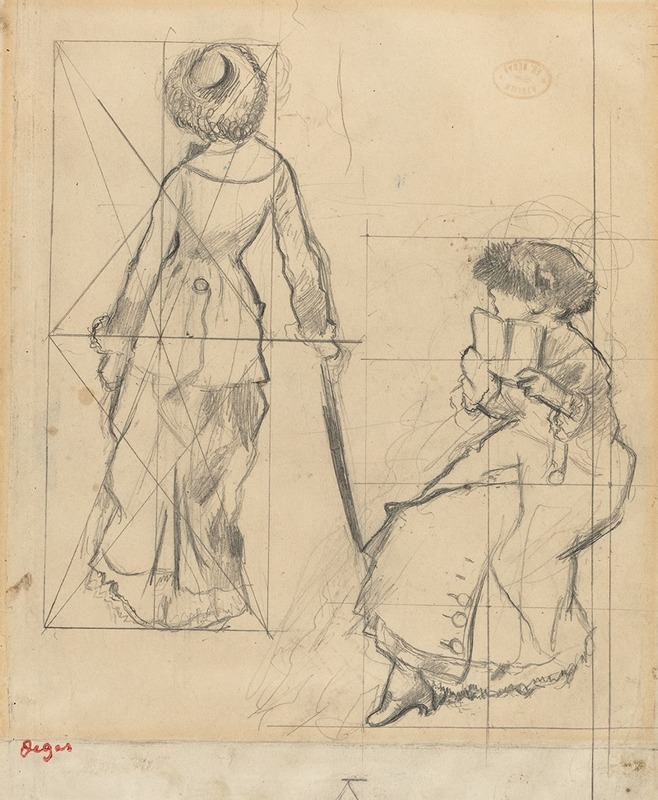
Study for ‘Mary Cassatt at the Louvre’
A hand-painted replica of Edgar Degas’s masterpiece Study for ‘Mary Cassatt at the Louvre’, meticulously crafted by professional artists to capture the true essence of the original. Each piece is created with museum-quality canvas and rare mineral pigments, carefully painted by experienced artists with delicate brushstrokes and rich, layered colors to perfectly recreate the texture of the original artwork. Unlike machine-printed reproductions, this hand-painted version brings the painting to life, infused with the artist’s emotions and skill in every stroke. Whether for personal collection or home decoration, it instantly elevates the artistic atmosphere of any space.
Study for ‘Mary Cassatt at the Louvre’ by Edgar Degas
Study for ‘Mary Cassatt at the Louvre’ is a preparatory work by the French Impressionist artist Edgar Degas. This study is associated with a larger composition that depicts the American painter Mary Cassatt, a close friend and collaborator of Degas, visiting the Louvre Museum in Paris. The study showcases Degas' interest in capturing modern life and his fascination with the activities and gestures of individuals in public spaces.
Degas and Cassatt shared a mutual respect for each other's artistic talents, and their friendship played a significant role in the development of their respective works. Cassatt, who was an expatriate living in Paris, became one of the few women to exhibit with the Impressionists, and her work often focused on themes of domestic life and the role of women in society. Degas, on the other hand, was known for his innovative compositions and his ability to depict movement and the human figure with remarkable precision.
The study reflects Degas' meticulous working process, as he often created numerous sketches and preparatory drawings before completing a final painting. In this particular study, Degas focuses on the posture and interaction of the figures, emphasizing their engagement with the art and the environment of the museum. The Louvre, as a setting, underscores the intellectual and cultural pursuits of the time, aligning with the Impressionists' interest in contemporary life.
While the final version of Mary Cassatt at the Louvre is believed to have been completed around 1879-1880, the study itself provides valuable insight into Degas' artistic methods and his ability to observe and interpret the nuances of human behavior. The work is also significant for its portrayal of Mary Cassatt, who was not only a subject of Degas' art but also an important figure in the Impressionist movement.
The study is executed in a style characteristic of Degas, with loose, dynamic lines and a focus on composition and form rather than intricate detail. This approach allows the viewer to sense the immediacy of the scene and the artist's intent to capture a fleeting moment in time.
Today, Study for ‘Mary Cassatt at the Louvre’ is appreciated as an example of Degas' preparatory work and his collaborative relationship with Mary Cassatt. It remains an important piece for understanding the creative process of one of the leading figures of the Impressionist movement.





